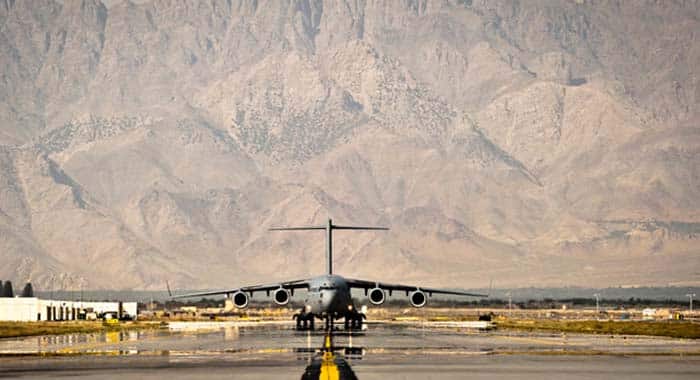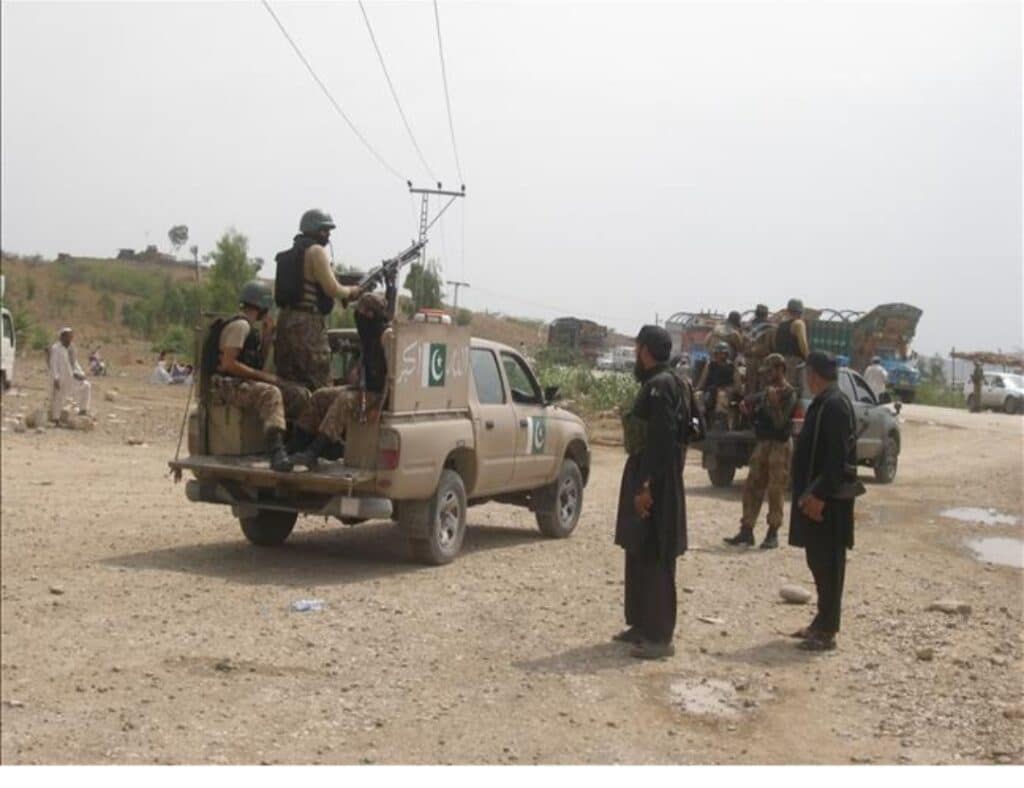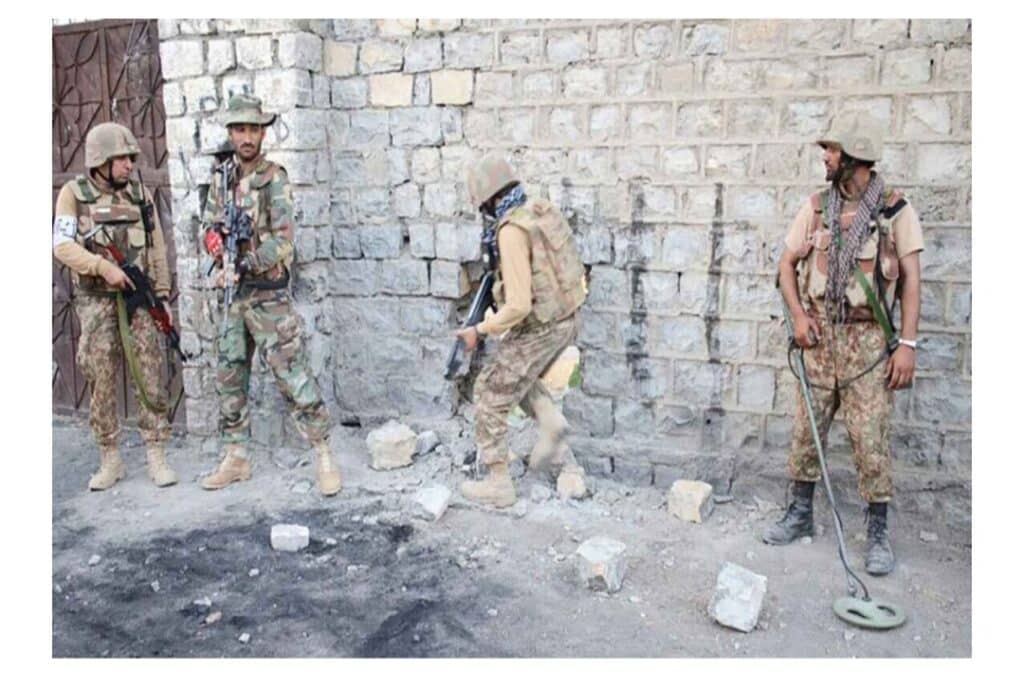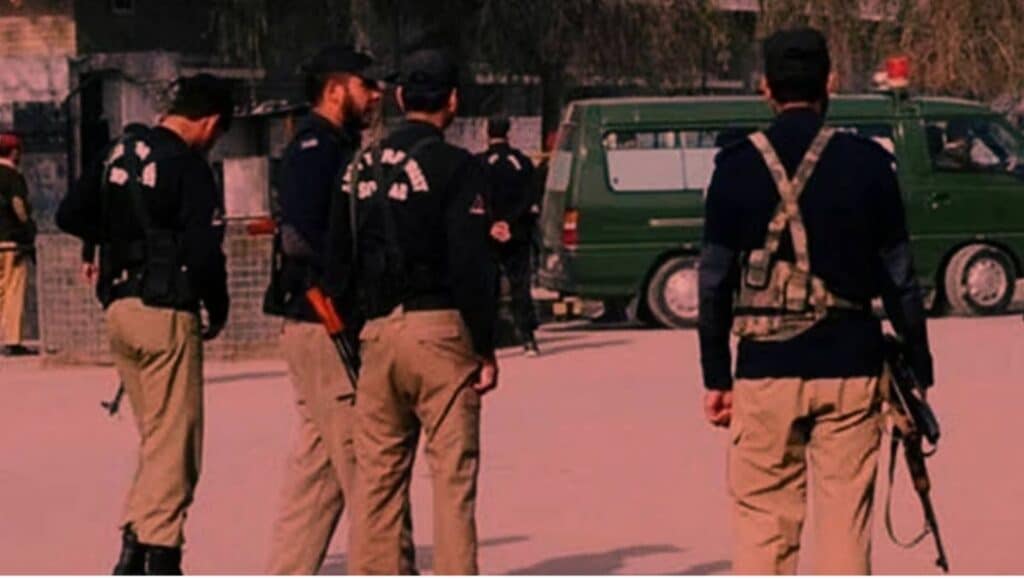Donald Trump’s announcement this week that the United States is “trying to get Bagram back” has jolted a debate many in Washington hoped to bury after the 2021 withdrawal from Afghanistan. Standing beside British Prime Minister Keir Starmer, Trump described the decision to abandon America’s largest Afghan airfield as a strategic disaster, not because of the Taliban but because of China. He reminded the world that his own withdrawal plan had always included keeping Bagram, stressing that the base lies barely an hour’s flight from Xinjiang, where China is building much of its expanding nuclear arsenal. The Taliban quickly rejected his claim that China now occupies the facility, insisting that it remains under their control. Yet the very fact that such competing claims exist underscores the enduring significance of this base, which continues to shape the balance of power in Central and South Asia.
Bagram Air Base is no ordinary patch of military infrastructure. With its vast 11,800-foot runway built from reinforced concrete and steel, it is capable of hosting heavy bombers and the largest cargo aircraft. For decades, it was the nerve center of U.S. operations in Afghanistan and a symbol of American reach in the region. Its abandonment in July 2021 was not just a logistical retreat but a geopolitical surrender. Today, as China races to expand its nuclear arsenal and jihadist groups exploit Afghanistan’s permissive environment, the absence of Bagram in America’s strategic arsenal looks less like disengagement and more like negligence.
China’s nuclear expansion is not hypothetical; it is a documented sprint. The Pentagon reported in 2024 that Beijing now fields over 600 operational warheads and is on track to more than 1,000 by 2030. Satellite images confirm vast silo fields under construction in Xinjiang, where more than 250 new intercontinental ballistic missile silos are being dug into the desert near Yumen, Hami, and Jilantai. These are not marginal upgrades but the largest buildup of Chinese nuclear capabilities in history. And they are unfolding less than 500 miles from Afghanistan’s northern border. While the United States maintains bases thousands of miles away in Japan or the Philippines, no location offers the proximity and vantage that Bagram provides. Losing the base deprived Washington of a forward position from which to monitor, deter, and, if necessary, respond to China’s western nuclear deployments.
If the nuclear challenge defines Bagram’s long-term importance, terrorism defines its immediate relevance. The 2020 Doha Agreement obliged the Taliban to prevent Afghanistan from once again becoming a haven for international terrorism. Yet the evidence since their return to power in August 2021 tells a different story. ISIS-K, one of the most lethal branches of the Islamic State, has entrenched itself further, staging mass-casualty attacks inside Afghanistan while exporting violence to Iran and Russia, where more than 230 people were killed in 2024 alone. Al Qaeda, weakened but not extinguished, has restarted outreach to Western audiences and re-established training camps with Taliban acquiescence. A recent UN monitoring report confirmed that the Taliban provide logistical and financial space to Tehreek-e-Taliban Pakistan, whose attacks on Pakistan surged to more than 600 in just the last six months of 2024, many launched from Afghan soil. What was once the central promise of the Taliban’s deal with the United States that Afghan territory would never again host terrorists—has been eroded beyond recognition.
Against this backdrop, Trump’s call to reassert control of Bagram should not be dismissed as mere bluster. The United States has a choice: either accept that its most strategically located air base now sits outside its reach, or acknowledge that regaining access could reestablish the leverage needed to counter both China’s nuclear buildup and the jihadist resurgence. To be clear, a reoccupation of Afghanistan on the scale of the last two decades would be reckless and politically untenable. But to dismiss Bagram as irrelevant is to pretend geography has lost its meaning. America’s global posture since World War II has rested on the principle that forward bases are essential not just for military contingencies but for signaling resolve. By giving up Bagram, Washington signaled retreat; by considering its return, it signals once again that it understands the stakes.
Of course, risks abound. The Taliban view any foreign presence on Afghan soil as unacceptable and would likely resist with force. China and Russia would seize on an American return as evidence of neo-imperialism, while neighboring states such as Pakistan and Iran would maneuver to exploit the tension. Domestically, after years of war, the American public is weary of entanglement in Afghanistan. Yet doing nothing is itself a decision with costs. Allowing China to consolidate its nuclear advantage in Xinjiang without nearby U.S. oversight, tolerating the metastasis of ISIS-K and al Qaeda in Afghan safe havens, and projecting an image of withdrawal rather than resolve are not safer options they are strategic liabilities.
The question is not whether the United States should return to endless counterinsurgency in Afghanistan; it should not. The question is whether Washington can afford to let its most valuable regional outpost slip forever from its grasp. Negotiated basing rights, regional coalitions, or limited deployments for intelligence and rapid response are all possible pathways. What is not possible, if America intends to remain a serious global power, is to shrug and walk away from the very center of gravity between China’s missile fields and the world’s most dangerous terrorist sanctuaries.
Bagram is not a relic of the past war. It is the cornerstone of the future contest against a rising China, against resurgent jihadists, and against the perception that America no longer has the will to defend its interests abroad. To have abandoned it once was folly. To ignore it now would be unforgivable.





